Virginia shooting: Dead gunman's manifesto cites racial grievances, Charleston church attack
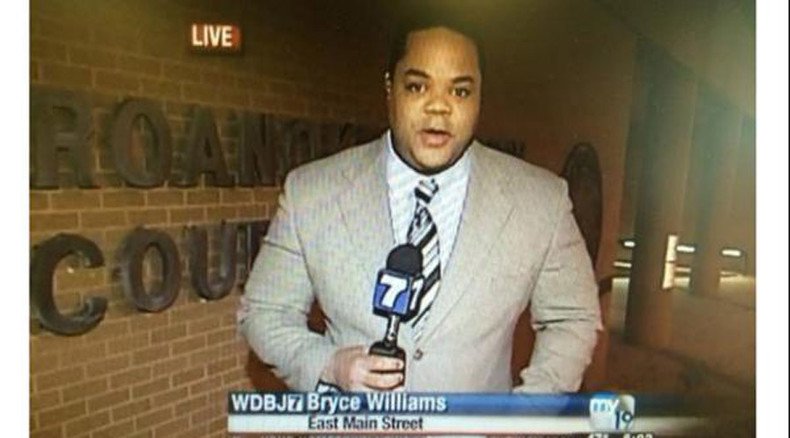
Vester Lee Flanagan, who was known on air under the name Bryce Williams, has reportedly cited Charleston church shooting as a trigger for his attack on WDBJ news crew. His tweets also reveal his frustrations.
READ MORE: Virginia shooting victims: Tributes paid to Alison Parker and Adam Ward
Williams killed Alison Parker, a 24-year-old reporter, and Adam Ward, a 27-year-old cameraman, during a live broadcast at 6:45 a.m. local time.
#Virginia shooting victims: Tributes paid to Alison Parker and Adam Ward http://t.co/yN5YTdXjFGpic.twitter.com/bnFGIgpVBk
— RT America (@RT_America) August 26, 2015Flanagan allegedly wrote a 23-page manifesto, in which he details his grievances. He faxed it to ABC News about 2 hours after the shooting took place, saying in the text that his name was "Bryce Williams". He also called them on the phone, saying that authorities are after him and "all over the place" and hung up. ABC immediately sent the fax to the authorities.
READ MORE: 2 WDBJ journalists killed during live broadcast in Virginia
While ABC has not released the full text, they have published some excerpts. The shooter said that he was suffering from racial discrimination and sexual harrassment at work, as a homosexual African-American.
A large part of his motivation appears to be as revenge for the Charleston shooting, where a white man killed nine black people in a historic church.
“Why did I do it? I put down a deposit for a gun on 6/19/15. The Church shooting in Charleston happened on 6/17/15…” Flanagan wrote, as reported by ABC. “What sent me over the top was the church shooting. And my hollow point bullets have the victims’ initials onthem," he reportedly said, though it's unclear if he was referring to Parker and Ward. He continues, “As for Dylann Roof? You (deleted)! You want a race war (deleted)? BRING IT THEN YOU WHITE …(deleted)!!!"
Flanagan, who was raised a Jehovah's Witness, reportedly said that Jehovah told him to act.
“The church shooting was the tipping point…but my anger has been building steadily...I’ve been a human powder keg for a while…just waiting to go BOOM!!!!” Williams/Flanagan reportedly wrote.
Later in the manifesto, ABC reported that he expresses admiration for the Virginia Tech killer Seung Hui Cho and the Columbine High School shooters. “Also, I was influenced by Seung–Hui Cho. That’s my boy right there. He got NEARLY double the amount that Eric Harris and Dylann Klebold got…just sayin.'"
In one part of the document, Williams calls it a “Suicide Note for Friends and Family," indicating that he had planned to end his own life from the start.
“Yes, it will sound like I am angry...I am. And I have every right to be. But when I leave this Earth, the only emotion I want to feel is peace....”
Flanagan was a disgruntled former employee of the journalists' TV station, WDBJ7. Williams was reportedly hired by the station in April 2012 and left in September 2013.
READ MORE: RT reveals Bryce Williams YouTube channel with 6 minute resume video
Under the name of Bryce Williams, he posted videos of himself performing the shooting on Twitter before his account was suspended.
RT is not posting any videos from the scene of the shooting for ethical reasons.
On the same Twitter account, he made a tweet saying that "Alison made racist comments."
BREAKING: Gunman boasted about shooting on Twitter, Facebook pic.twitter.com/dNR2OIbLrg
— RT America (@RT_America) August 26, 2015His tweets also indicated that he did modeling work, showing what he described as "headshots" pictures of himself posing shirtless and in his underwear.
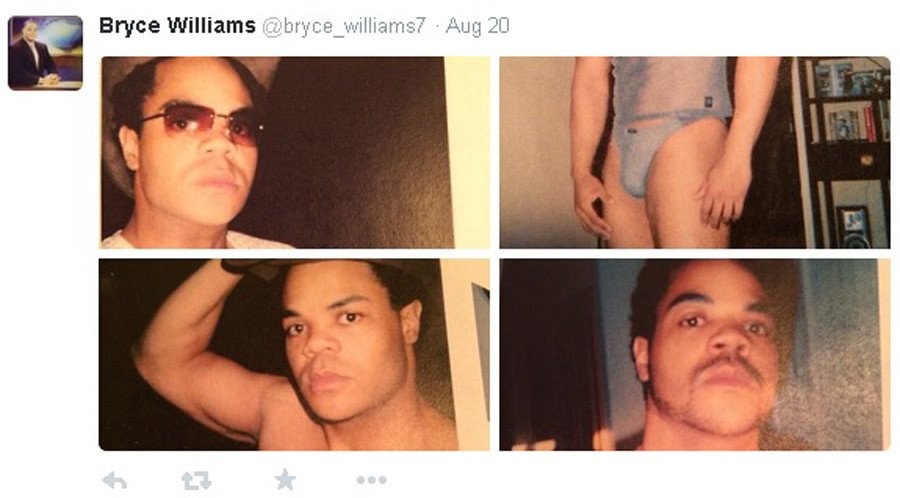
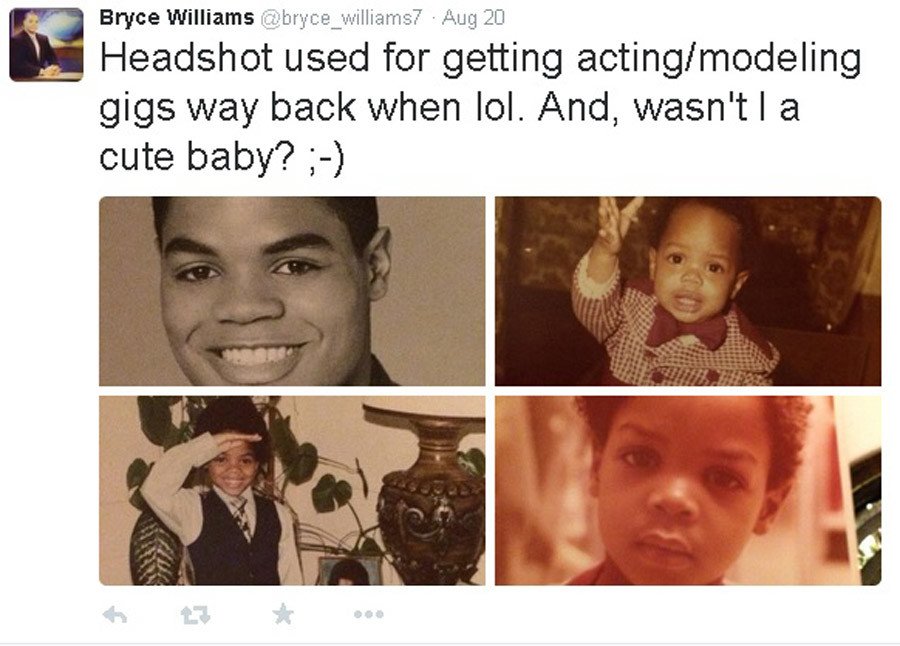
He also tweeted selfies about visiting a "worker's comp company" and showing himself at a healthcare center.
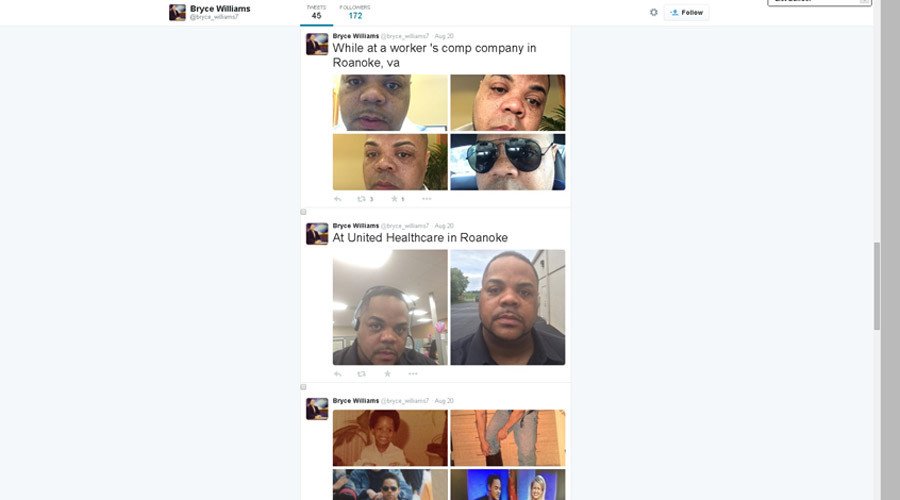
Childhood pictures that he posted on Twitter indicated that he was raised a Jehovah's witness.
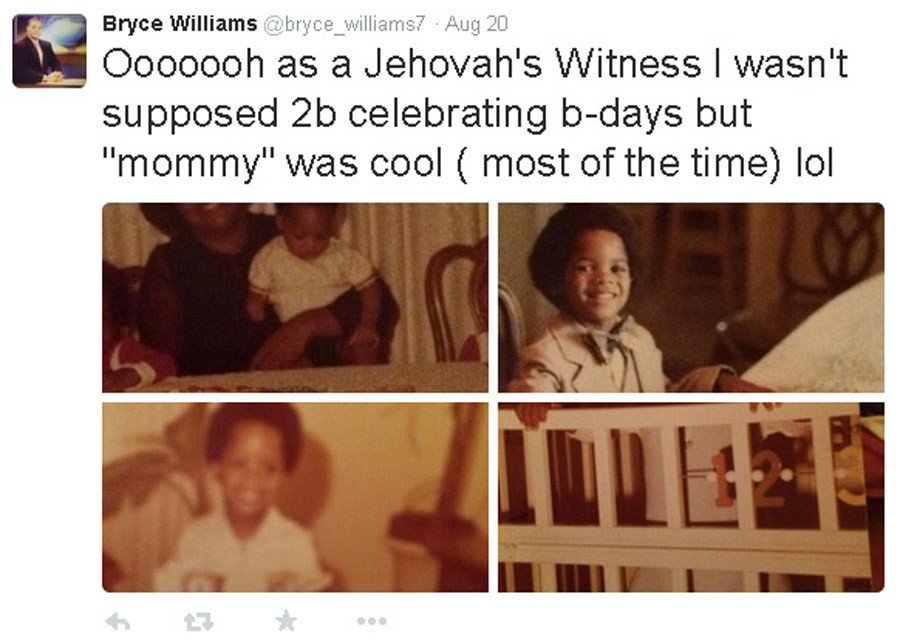
He filed a lawsuit against WTCW-TV in Florida, alleging that he was terminated for racist reasons, and claiming that a producer had called him "monkey," and that he had heard a manager telling another black employee to "stop talking ebonics," according to TMZ.
WTCW-TV denied that race had anything to do with his termination.
READ MORE: Virginia shooting victims: Tributes paid to Alison Parker and Adam Ward
WDBJ reported similar incidents of Flanagan making accusations of racism.
"He quickly gathered a reputation as someone who was difficult to work with... He was looking for people to say things he could take offense to," WDBJ general manager Jeff Marks said.
After numerous incidents of anger, WDBJ dismissed him. "He did not take that well. We had to call the police to escort him from the building," Marks said.
After his dismissal, Flanagan filed a complaint with the Equal Employment Opportunity Commission, but the EEOC found no evidence of wrongdoing by the network and "dismissed the claim out of hand."
Flanagan shot himself during an encounter with the police on Interstate 66. He was taken to the Fairfax Inova Hospital and died at approximately 1:30 pm.












